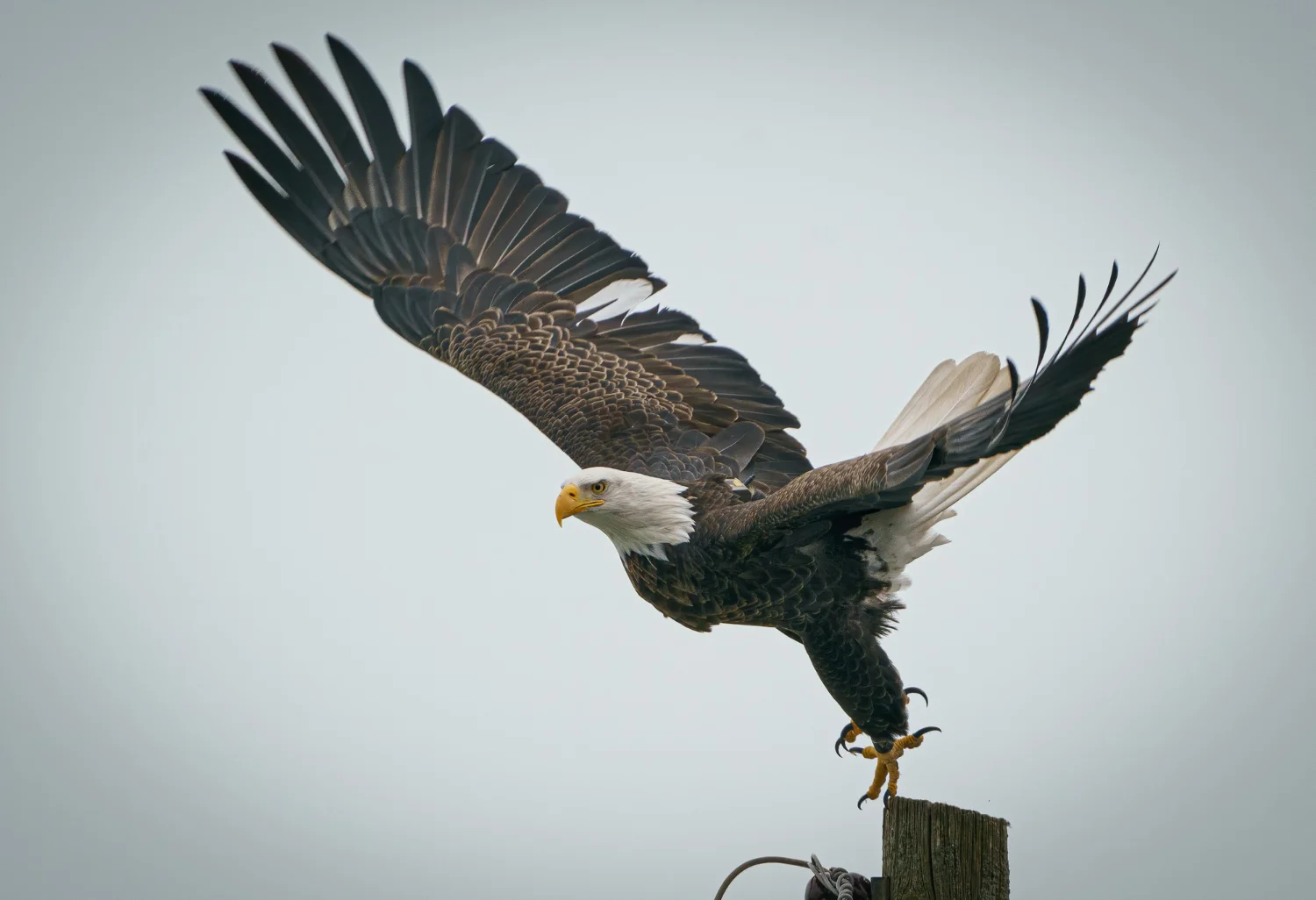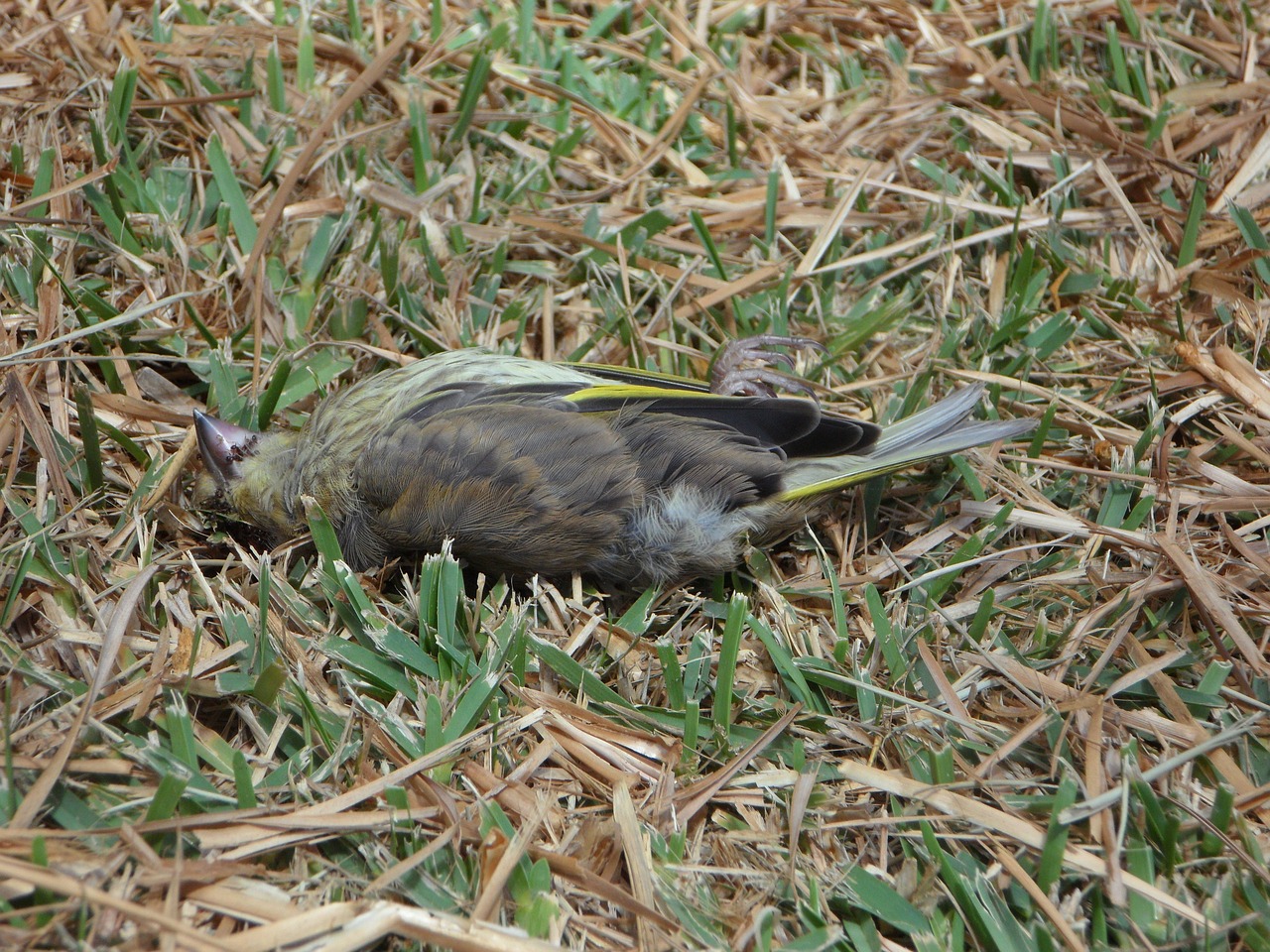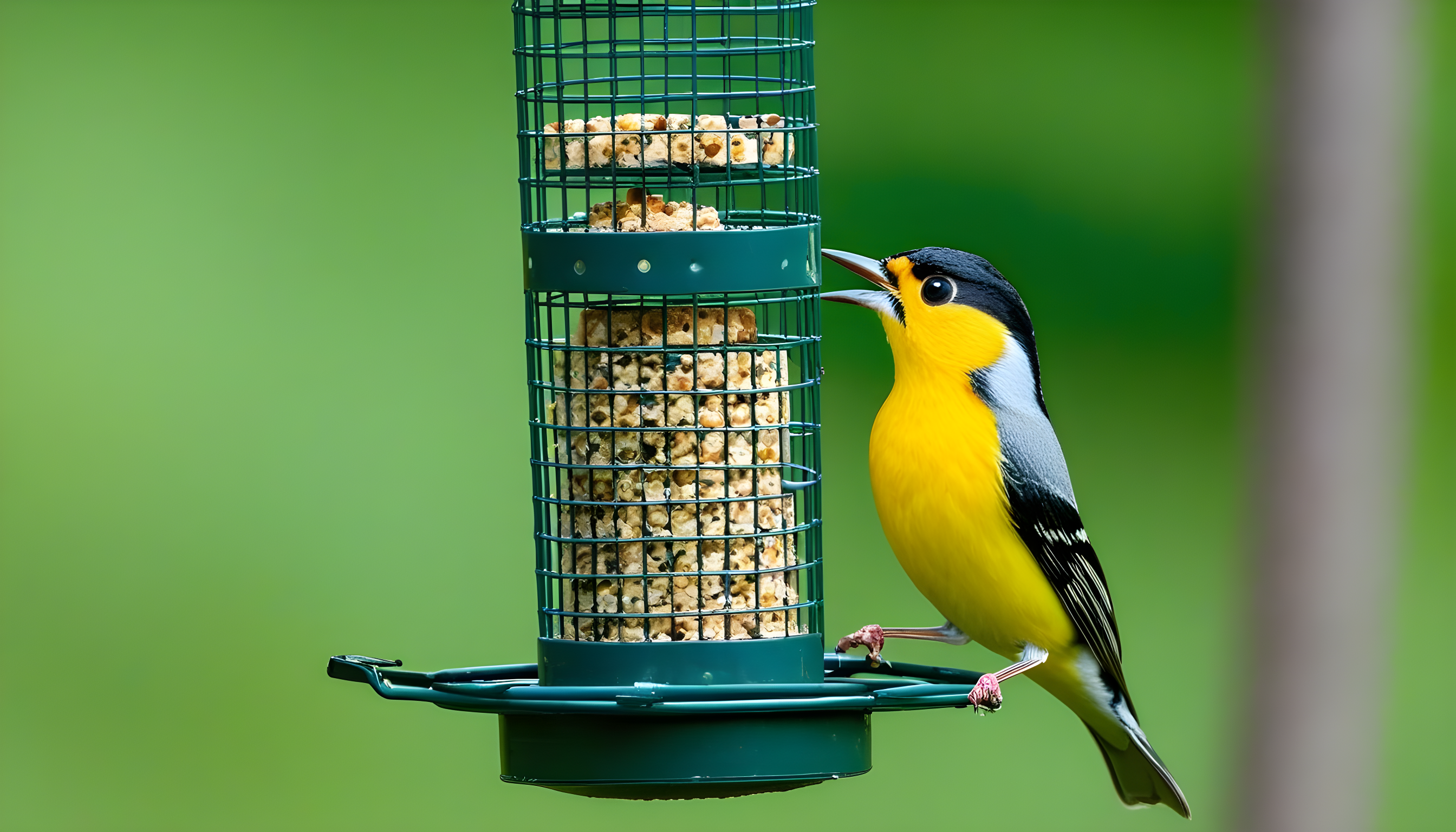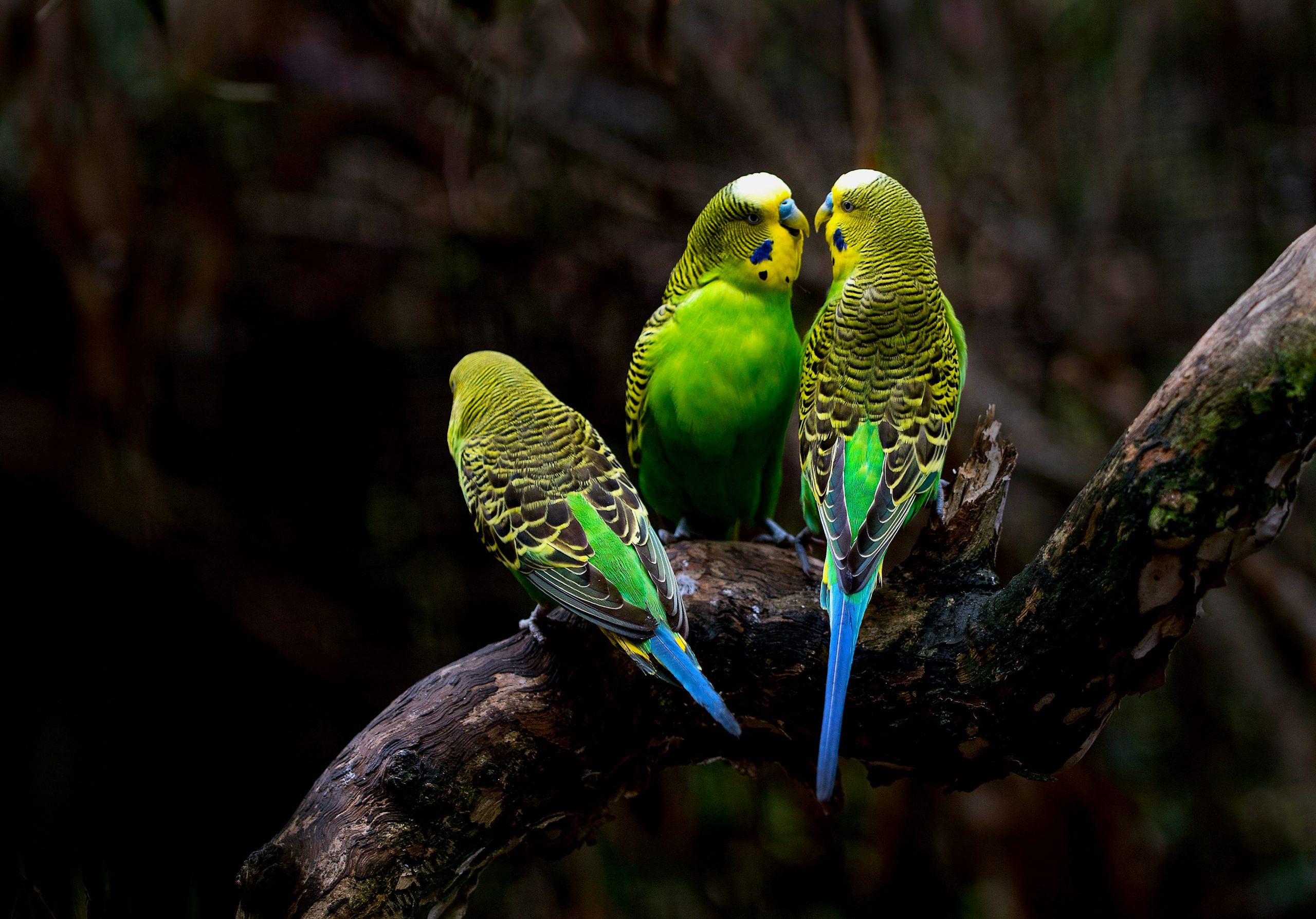The White-tailed Hawk With White Heads is a large, stocky hawk with a wingspan of up to 56 inches. It has broad wings that taper to a point and a short, white tail with a black band at the tip. Adults are gray above with rusty shoulders and white below. Juveniles are dark brown above and streaked below.
- Habitat: The White-tailed Hawk is found in open grasslands, savannas, and agricultural fields. It is most common in Central and South America, but it is also found in southern Texas and the Rio Grande Valley.
- Diet: The White-tailed Hawk is a carnivore that eats a variety of small animals, including rodents, reptiles, and birds. It hunts by perching or soaring high above the ground and then swooping down on its prey.
- Behavior: The White-tailed Hawk is a solitary bird that is only seen in pairs during the breeding season. It is a vocal bird that makes a variety of calls, including a high-pitched scream and a series of chattering notes.
- Conservation status: The White-tailed Hawk is a species of Least Concern. However, its populations are declining in some areas due to habitat loss and persecution.
Here are some additional interesting facts about the White-tailed Hawk:
- The White-tailed hawks is one of the largest hawks in North America.
- It is a very agile bird and can hover in the air for long periods of time.
- The White-tailed Hawk is often seen soaring high above the ground, looking for prey.
- It is a monogamous bird and pairs will mate for life.
A Symphony of Gray and White
Imagine a bird crafted from the very breath of the prairies. The adult White-tailed Hawk embodies this essence, its body adorned in a symphony of cool grays, accentuated by vibrant splashes of rust on its shoulders. Its underparts gleam with immaculate white, a stark contrast that becomes a beacon in the azure sky. But the defining feature lies in its namesake – the tail. A crisp white canvas adorned with a bold black band, it unfurls like a banner as the hawk rides the thermals, a testament to its aerial mastery.
A Master of the Open Sky
With a wingspan stretching an impressive 56 inches, the White-tailed Hawk is a master of the open sky. Its broad wings, tapering to sharp points, slice through the air with effortless grace. Unlike its soaring cousins, the tail remains short and square-tipped, contributing to a unique silhouette that cuts through the vastness of the plains. Whether perched atop a gnarled mesquite or suspended in mid-air, its keen eyes survey the landscape below, searching for the slightest movement that betrays the presence of prey.
A Dance of Predator and Prey
The hunt is a ballet of precision and power. The White-tailed Hawk takes flight, its wings beating with deliberate strokes as it ascends into the boundless blue. Once at its desired altitude, it transforms into a living kite, hanging suspended on the wind, its gaze sweeping the terrain like a seasoned cartographer. A flicker of movement on the ground, a rustle in the grass – the hawk’s focus narrows. With a powerful kick of its legs, it plummets earthward, a feathered arrow unleashed towards its target. Talons extended, it snatches its quarry – a scurrying rodent, a slithering reptile, or perhaps an unsuspecting bird – and returns to its perch, a silent victor in the eternal dance of predator and prey.
A Guardian of the Ecosystem
But the White-tailed Hawk is more than just a skilled hunter. It plays a vital role in maintaining the delicate balance of the grassland ecosystem. By keeping rodent populations in check, it prevents outbreaks that could devastate the very habitat it call home. Its presence also ripples through the food chain, ensuring the health and diversity of the plant and animal communities that thrive beneath its watchful gaze.
A Beacon of Hope
Sadly, the White-tailed Hawk, like many of its brethren, faces challenges. Habitat loss and human encroachment threaten its once-vast domain. Yet, this magnificent raptor continues to soar, a testament to the enduring spirit of the wild. In its resilience, we find a beacon of hope, a reminder that even in the face of adversity, nature’s beauty and wonder can persevere.
So, the next time you find yourself beneath a vast, open sky, let your gaze wander upwards. If you’re lucky, you might be graced by the sight of a White-tailed Hawk, riding the thermals like a feathered sovereign. In its majestic presence, we are reminded of the interconnectedness of our world and the vital role each creature plays in the grand tapestry of life.
FAQs About White-tailed Hawk With White Heads
the White-tailed Hawk the same as the Red-tailed Hawk?
No, while they share some similarities, they are distinct species. The Red-tailed Hawk has a reddish tail, broader wings, and a different call.
How big is a White-tailed Hawk?
Their wingspan can reach up to 56 inches, making them one of the largest hawks in North America.
What kind of habitat do they prefer?
They thrive in open grasslands, savannas, and agricultural fields, where they can easily hunt for prey.
What do they eat?
They are mainly carnivores, feeding on rodents, reptiles, birds, and even insects.
How do they hunt?
White-tailed Hawks are skilled soarers and use their keen eyesight to spot prey from high above. They then dive down with great speed and accuracy to capture their quarry.
Are they social birds?
They are mostly solitary birds, except during breeding season when they pair up and build nests together.
What kind of sounds do they make?
They have a variety of vocalizations, including high-pitched screams, chattering calls, and even whistle-like notes.
Are they migratory birds?
Some populations in South America migrate, while others are resident year-round.
What are the biggest threats to White-tailed Hawks?
Habitat loss due to development and agriculture, as well as persecution by humans, are the main threats facing these birds.
Is the White-tailed Hawk considered endangered?
Thankfully, they are currently listed as Least Concern by the IUCN. However, it’s important to continue monitoring their populations and protect their habitats.
I hope this article has provided you with a deeper appreciation for the White-tailed Hawk, a truly awe-inspiring creature that embodies the spirit of the open plains.




